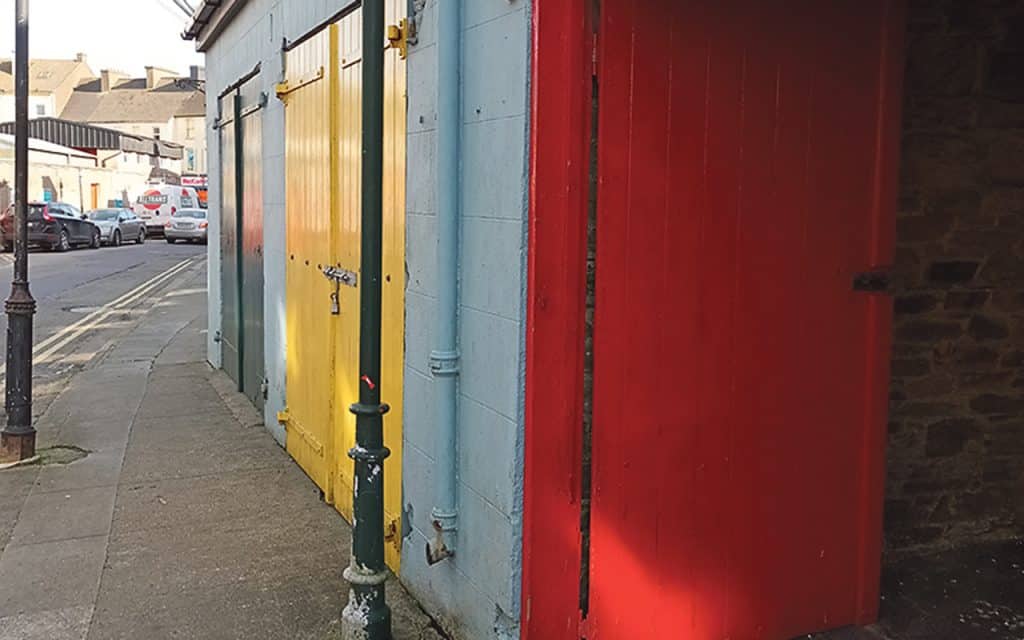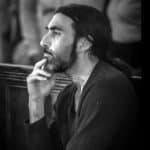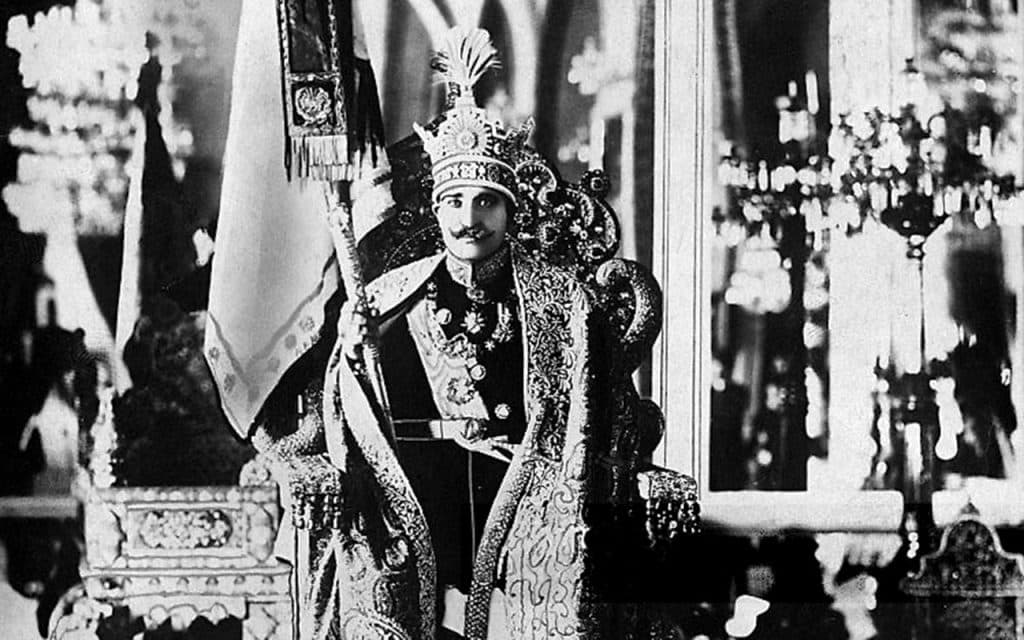
In March I wrote a column encouraging people to take part in a public consultation process, for a project aimed at reviving a neglected part of Clonakilty. The public consultation was to inform an Integrated Urban Strategy (IUS) for Kent Street (the street the library is on), identifying how public spaces and council-owned buildings could be better used for the benefit of the community. Now that the process is complete and the IUS written, it is time to reflect on the results and on the process itself. What were the wins, and for whom? Was the process successful? Did it capture and reflect the needs of the community?
In order to answer some of these questions, let us first look at the public engagement strategy itself and what it yielded. The centrepiece of this strategy was a well-researched and structured survey, designed to invite a broad, collective imagining of the street and what it could become. On the downside, there was only a two-week window in March for people in the community to become aware of it and respond. Even so, 319 survey responses were received. In section one of the survey, respondents were asked to identify key indicators for the project’s future success. The top three were: ‘Kent St. is safe and vibrant day and night’ (76pc), ‘Restored buildings have a community use’ (74pc), ‘There are events and community gatherings’ (70pc). When asked to describe reasons for the project’s success in their own words, the most repeated themes were: it has become a cultural and artistic hub, it reflects strong community engagement, spaces are inclusive, historical, beautiful and serve many purposes: arts, markets, events, workshops, social spaces, green spaces, and more.
Developing this further, in section three of the survey, respondents were asked: “what uses do you imagine might work in Kent Street for the benefit of the town?” nine per cent listed offices, 12pc childcare, 27pc retail, 29pc housing, 29pc co-working space, 30pc healthcare, 30pc education facility, 51pc green space, 57pc cafe / restaurant, 63pc music venue, 70pc performance space, 72pc community centre.
From these statistics we begin to see a very strong consensus for community infrastructure. A second part of the public engagement strategy allowed for written submissions. The newly-formed Clonakilty Cultural Centre Action Group submitted a 48-page proposal for a multi-site cultural centre, which would include a craft market, theatre, gallery, studios, meeting spaces, teaching spaces, museum, art and heritage library, cafe and garden. Backing this proposal were 10 key organisations: Clonakilty Community Resource Centre, Clonakilty Community Arts Centre, Geata Arts, Clonakilty Youth Orchestra, Clonakilty Community College, West Cork Regional Museum, Tidy Towns, The Bike Circus, Tadgh an Asna Players and West Cork Development Partnership.
Given the strong consensus above, one might feel confident of a very strong community-facility-oriented outcome. So, what exactly has been proposed? Ten weeks after the first public meeting, attendees at the last meeting (June 4) were finally given the big reveal.
Firstly, a library upgrade. There has been broad consensus for this generally: so far, so good. The council offices above the library would, however, need to be relocated for this to occur; this we will return to.
Now, what of the empty/eligible buildings, the available spaces so urgently needed for community use?
Disconcertingly, No. 8 Kent St. and the council yard are slated for housing, whilst the old town hall remains council offices. I say, ‘disconcertingly’ as this outcome does not reflect the results of the public survey, the round-table discussions (which took place in the second public meeting) or the written community submissions. Housing, whilst needed in the town, is ranked in the bottom five out of 11, of potential uses identified in the survey, whilst offices are ranked at the very bottom. In terms of written submissions, the Cultural Centre Action Group laid out a vision for a craft market and gardens surrounded by artist workshops, community meeting spaces, performance and exhibition space. Through the round-table discussions, housing was put forward in only one of the six tables. So why, against this backdrop, has No. 8 and the council yard been earmarked for housing, and the old town hall for offices? Clearly this was not a community-led decision.
Moving on to the fire station site, and the seating area next to the Collins mural: this site has been categorised as ‘Mixed: civic offices use / cultural spaces / public spaces.’ The fire station corner has been envisaged as ‘Civic Square’. This would appear to be a partial win for the community: perhaps a small theatre and gallery, perhaps some studios and a community teaching space or meeting space, if there’s room.
Now you will recall that the council offices above the library would need to be relocated to accommodate a library upgrade. Questioned about this during the last meeting, the attendees were encouraged to envisage new cultural spaces with council offices on the top floor. We might have to forego the studios in that case, perhaps the meeting spaces as well.
It is important at this point to reflect on where the funding for this public consultation is coming from. €200,000 was granted to Cork County Council under the THRIVE scheme in May 2024, to commission an integrated urban strategy for Kent Street. THRIVE (Town Centre First Heritage Revival Scheme) was set up to help communities identify and repurpose public owned buildings for community use.
The central principle of THRIVE is that projects are community-led and citizen-centred. In order to properly enable this process the THRIVE guidelines stipulate the adoption of the Town Centre First Framework through the formation of a Town Team; this is a group made up of individuals representing a cross section of the community. It ensures the community has a voice at the table, enabling an effective communication channel between community groups, the consultancy team and a council steering group. An example of this in action is the Neighbourhood Team that was formed for the Shandon THRIVE project in Cork City.
The Town Centre First Framework was not implemented for the Kent St. THRIVE public consultation.
Because of this omission there has been no meaningful dialogue between community groups, the business community and the council. Such dialogue is key to ensuring the best outcome for the community, via meaningful negotiation. And negotiation is important going forward, as it builds confidence between all parties.
Because of the communication gap, attendees were blind-sided during the last meeting by a presentation outlining the council’s vision for a ‘Civic Centre’, in which council offices are paramount. Between March and June there had been no indication that the council had a vision at all; no conversation had taken place. Why? Because there was no Town Team to contact, no Town Centre First Framework protocol through which to have that conversation.
If there had been, the final meeting may have panned out differently. Instead of giving the attendees a presentation on civic centres and how important the council is, there may have been a reflection on the tireless work community groups do to provide services for the town; a reflection on the critical deficit of community and cultural infrastructure, a demonstration on how the ‘master plan’ would address that deficit.
As a director of the (soon to be closed) Clonakilty Community Arts Centre and a member of the Cultural Centre Action Group my message to the council is that it is not too late. We are still at the beginning of the Kent St. process. Implement the Town Centre First Framework now; address the communication gap, invite the business community to the table, community groups to the table. Let us finally engage in a genuine discussion about how we can solve problems together.



